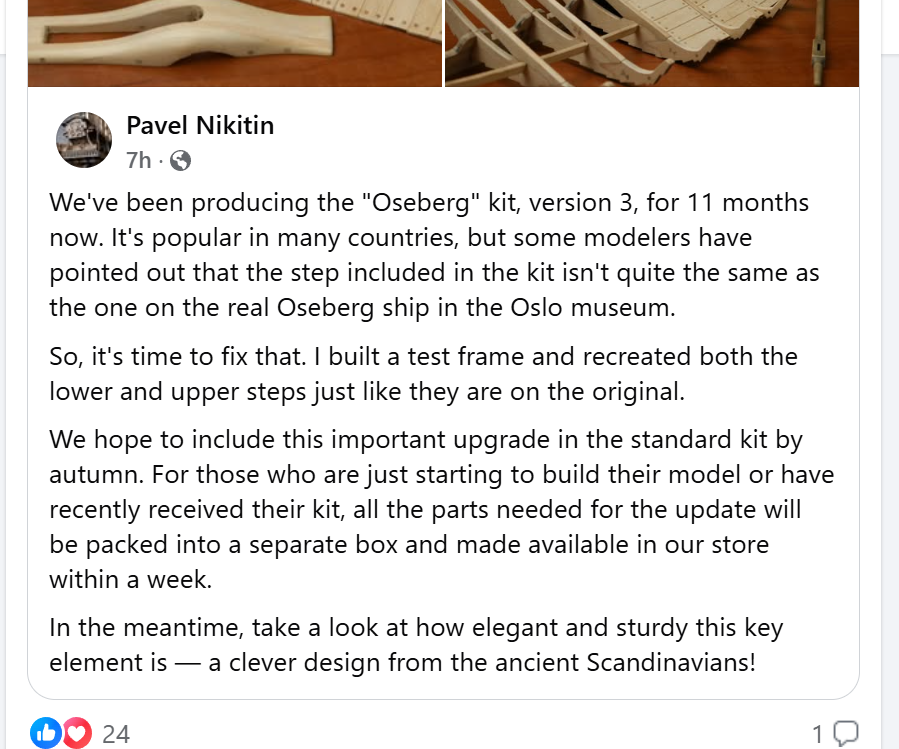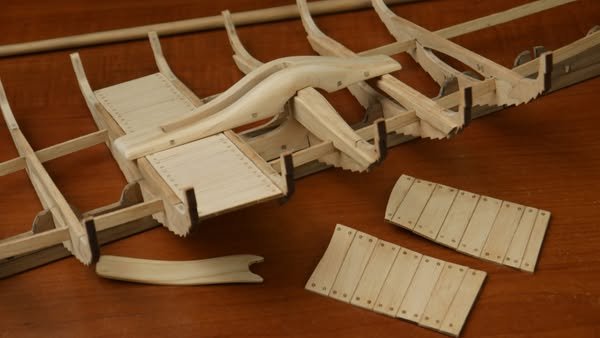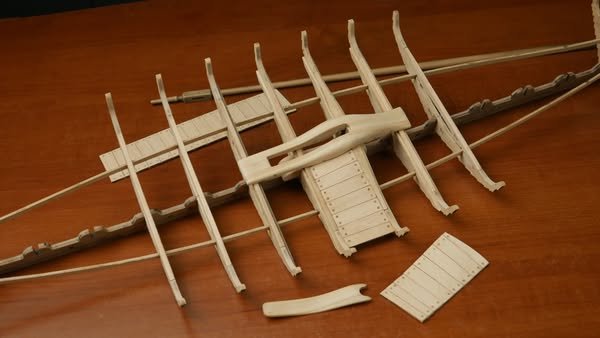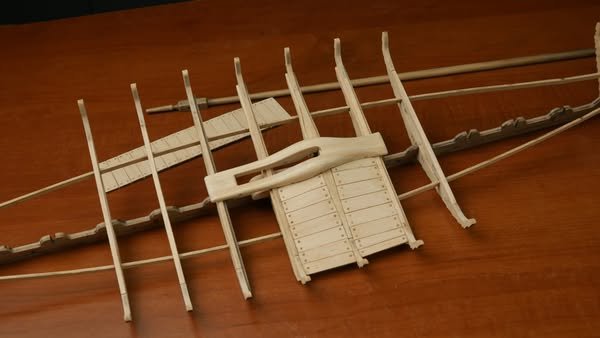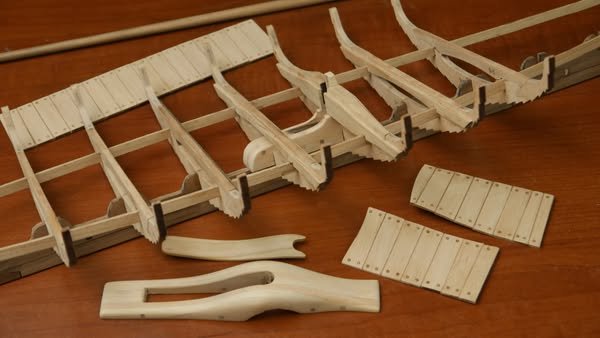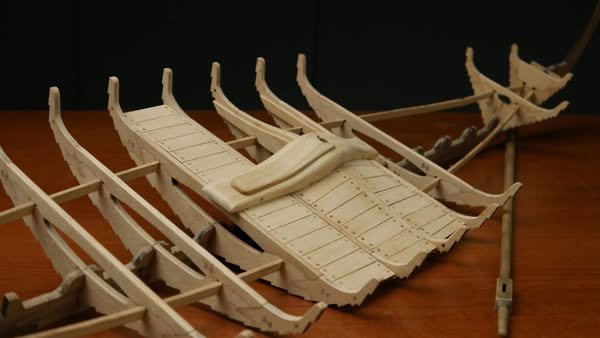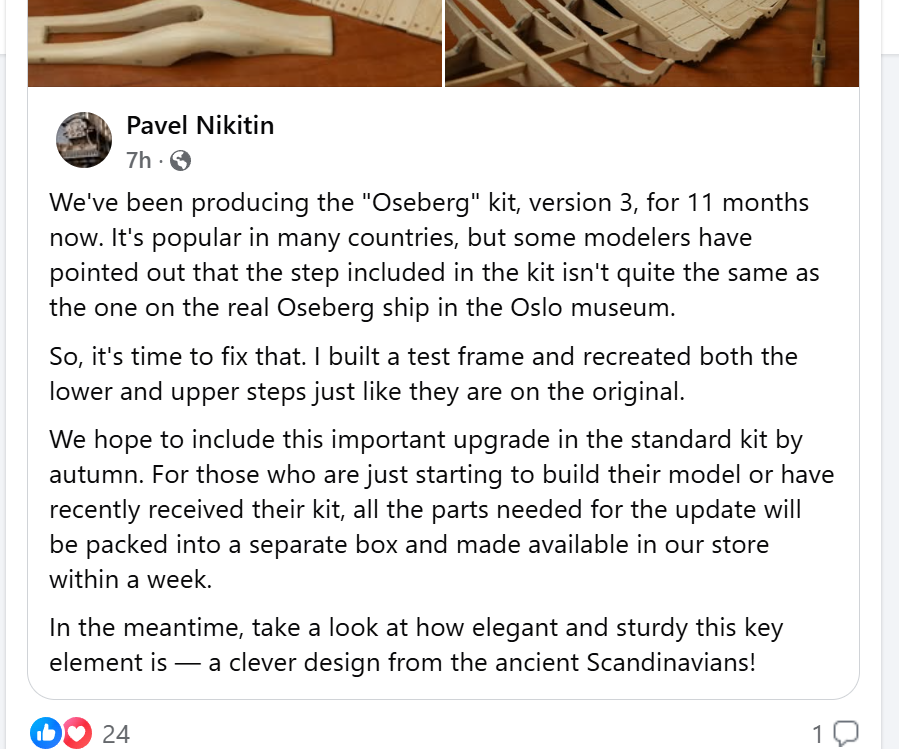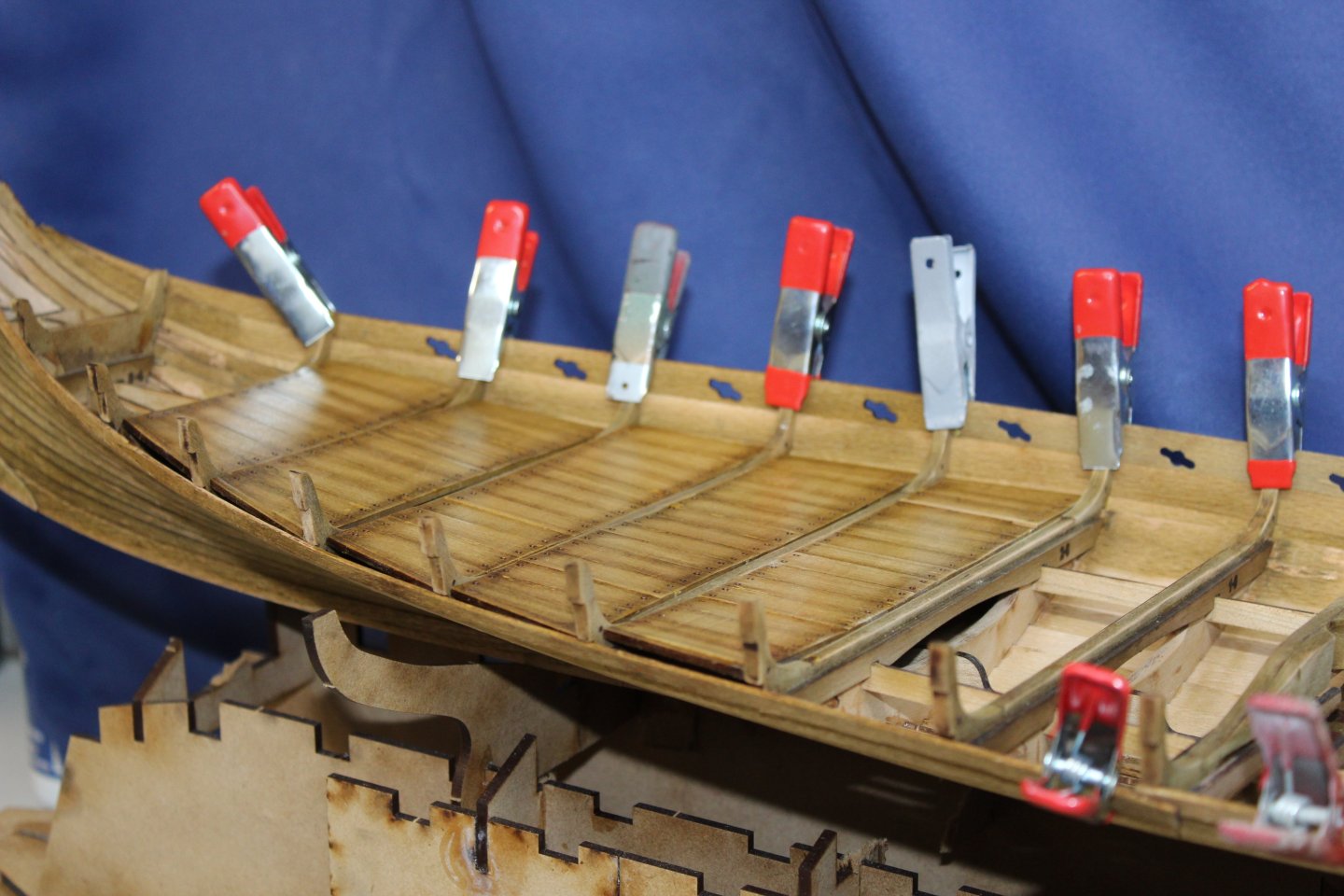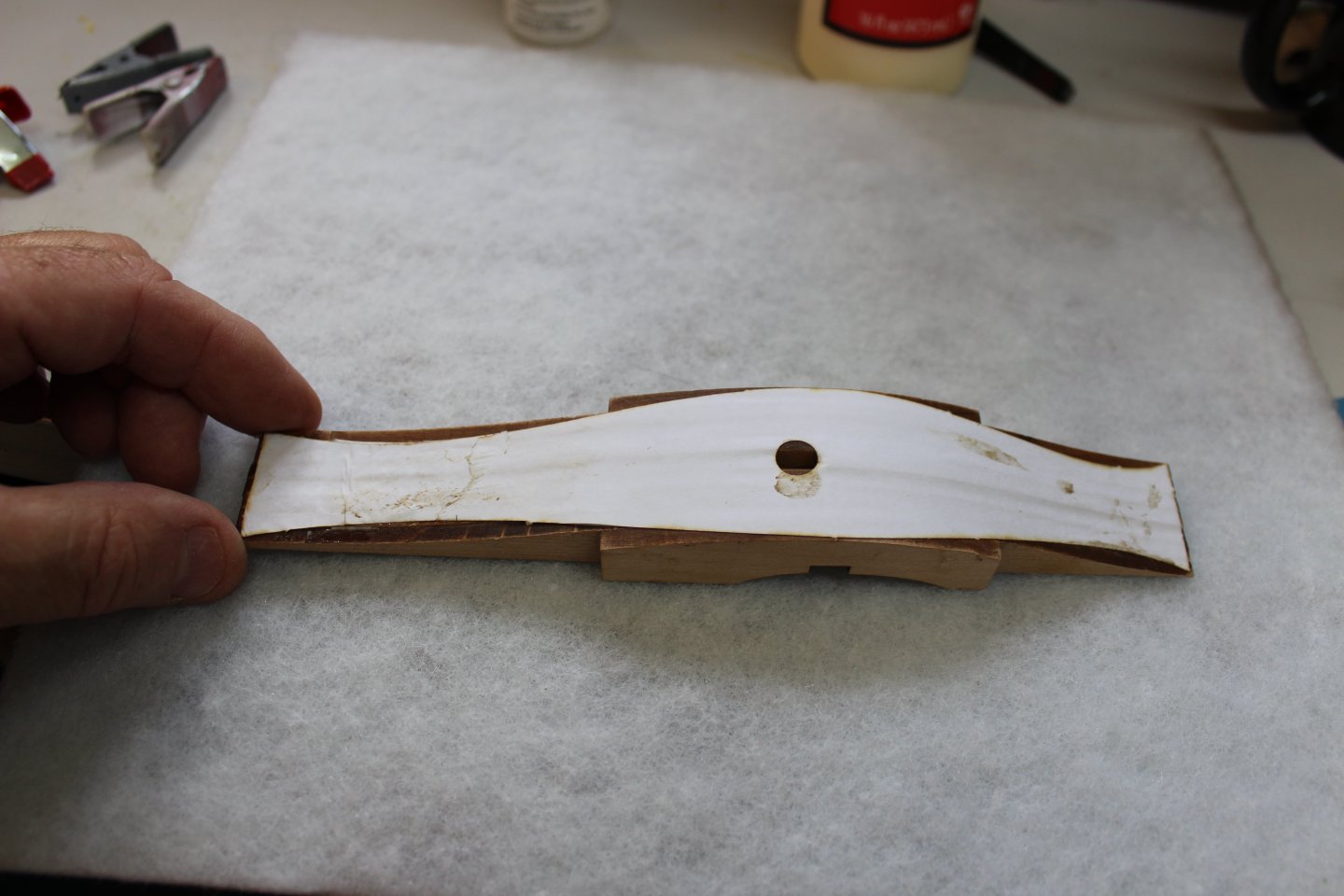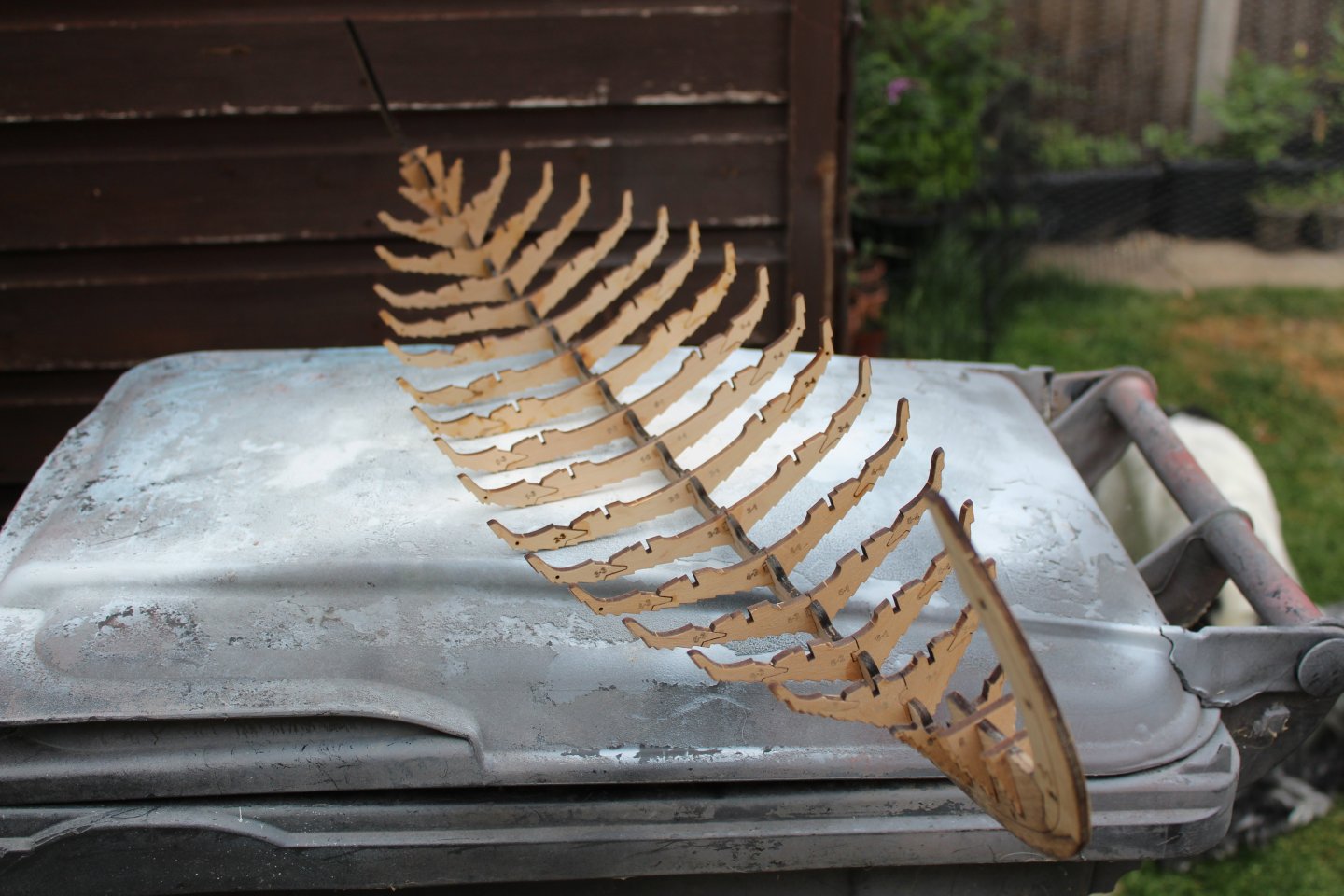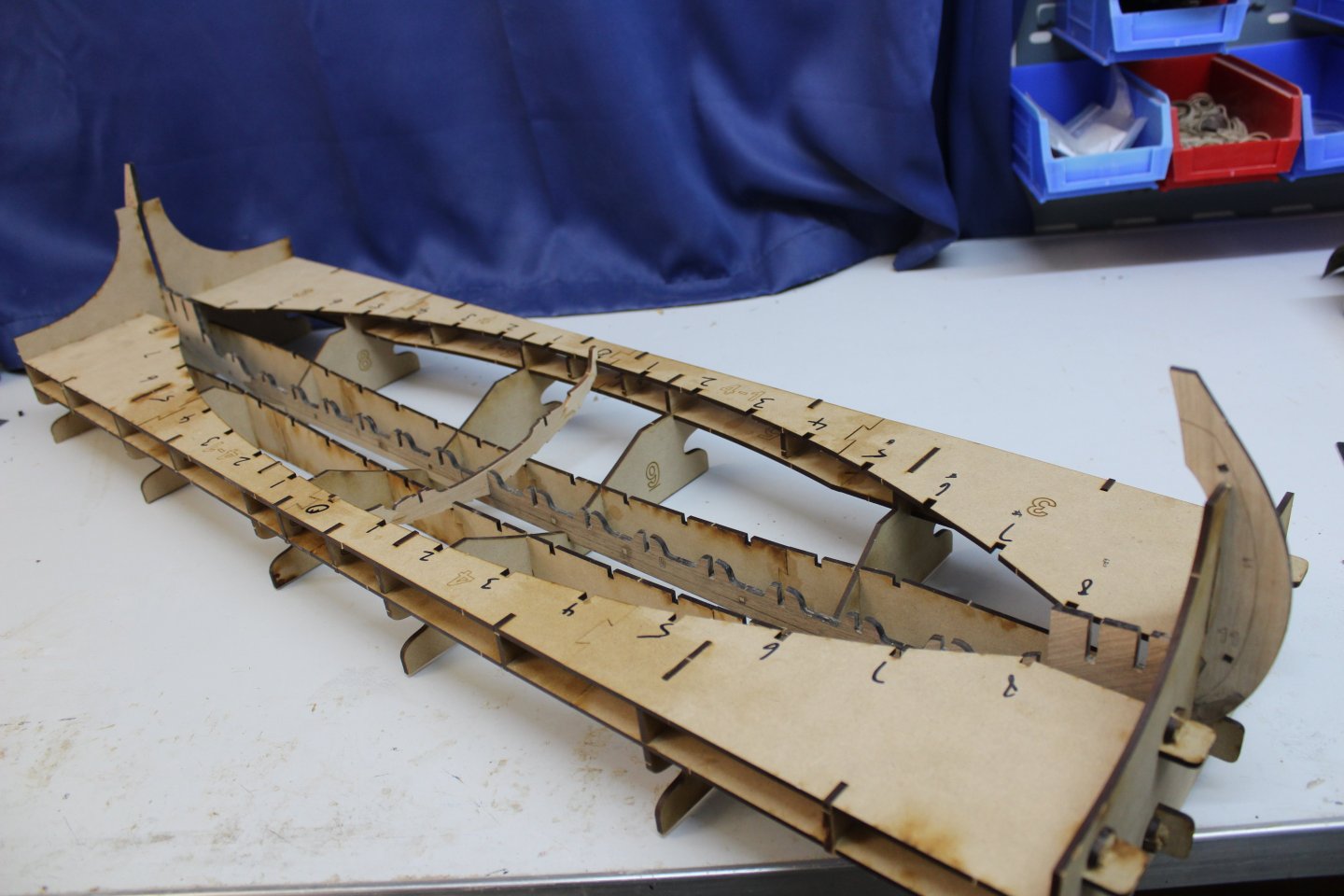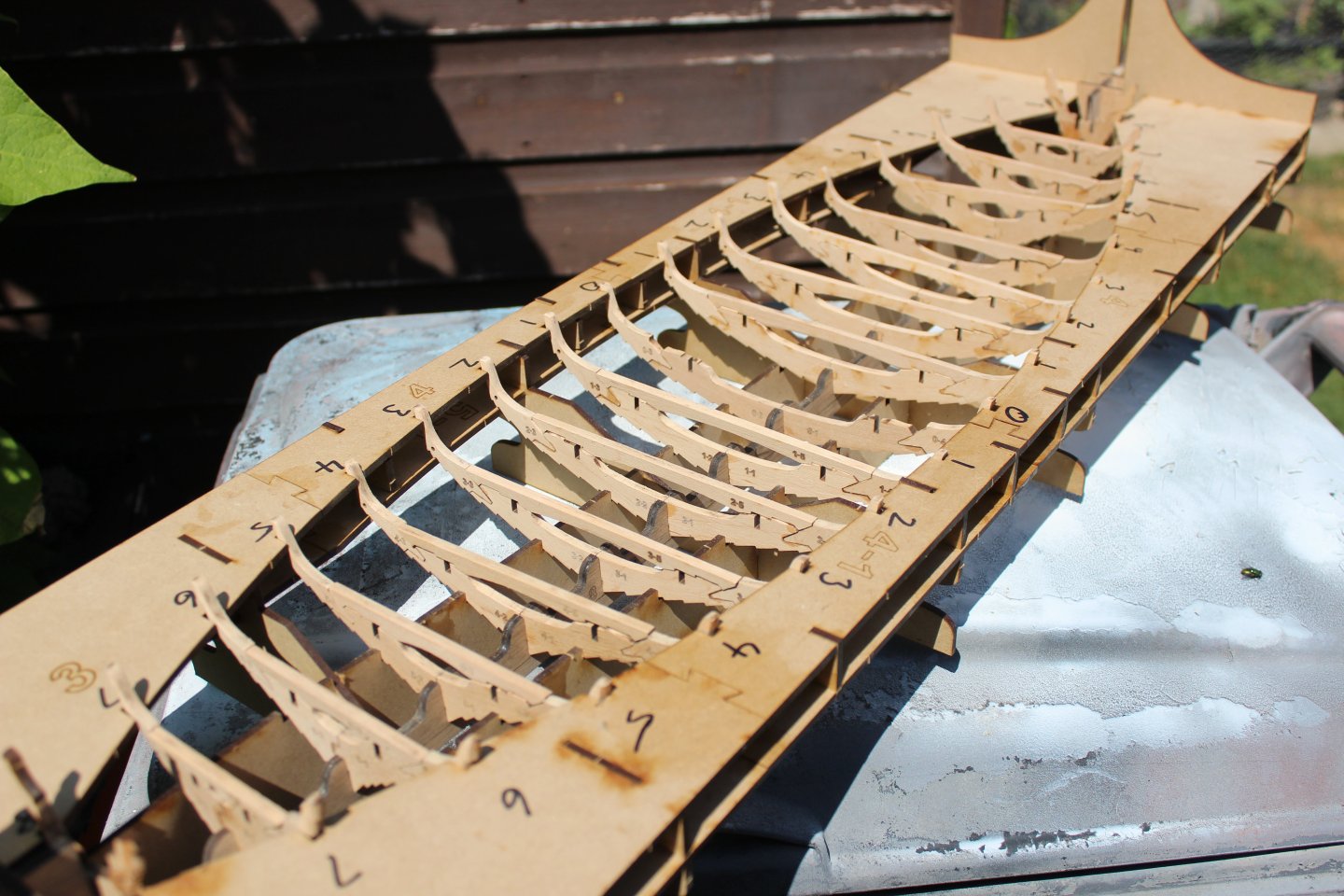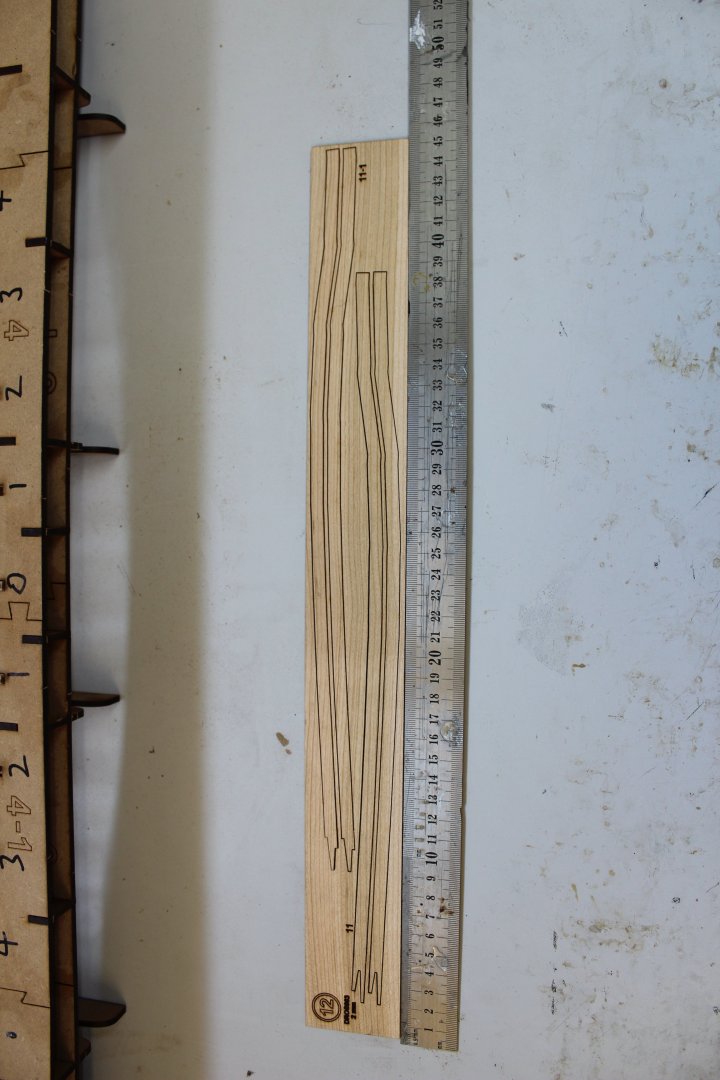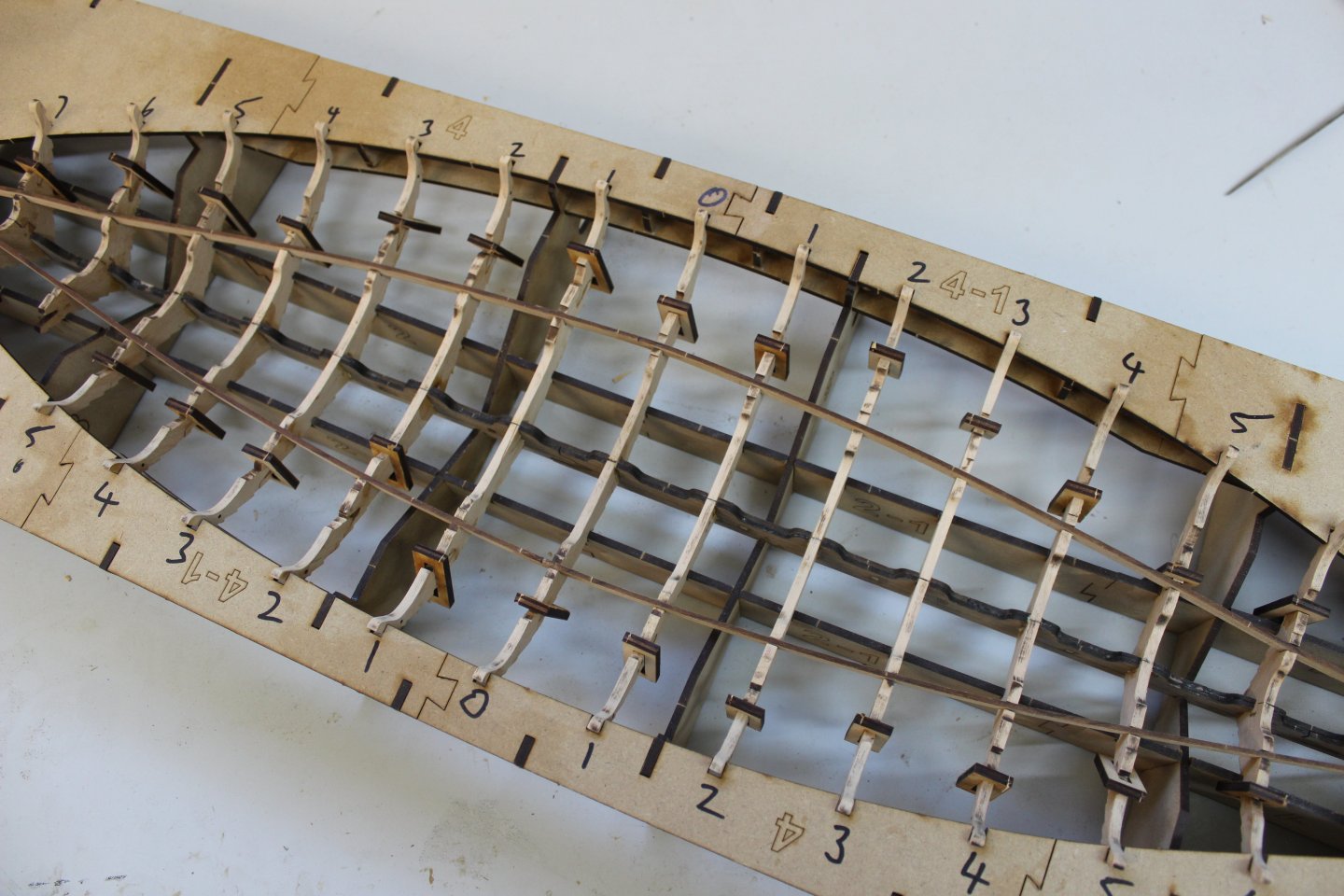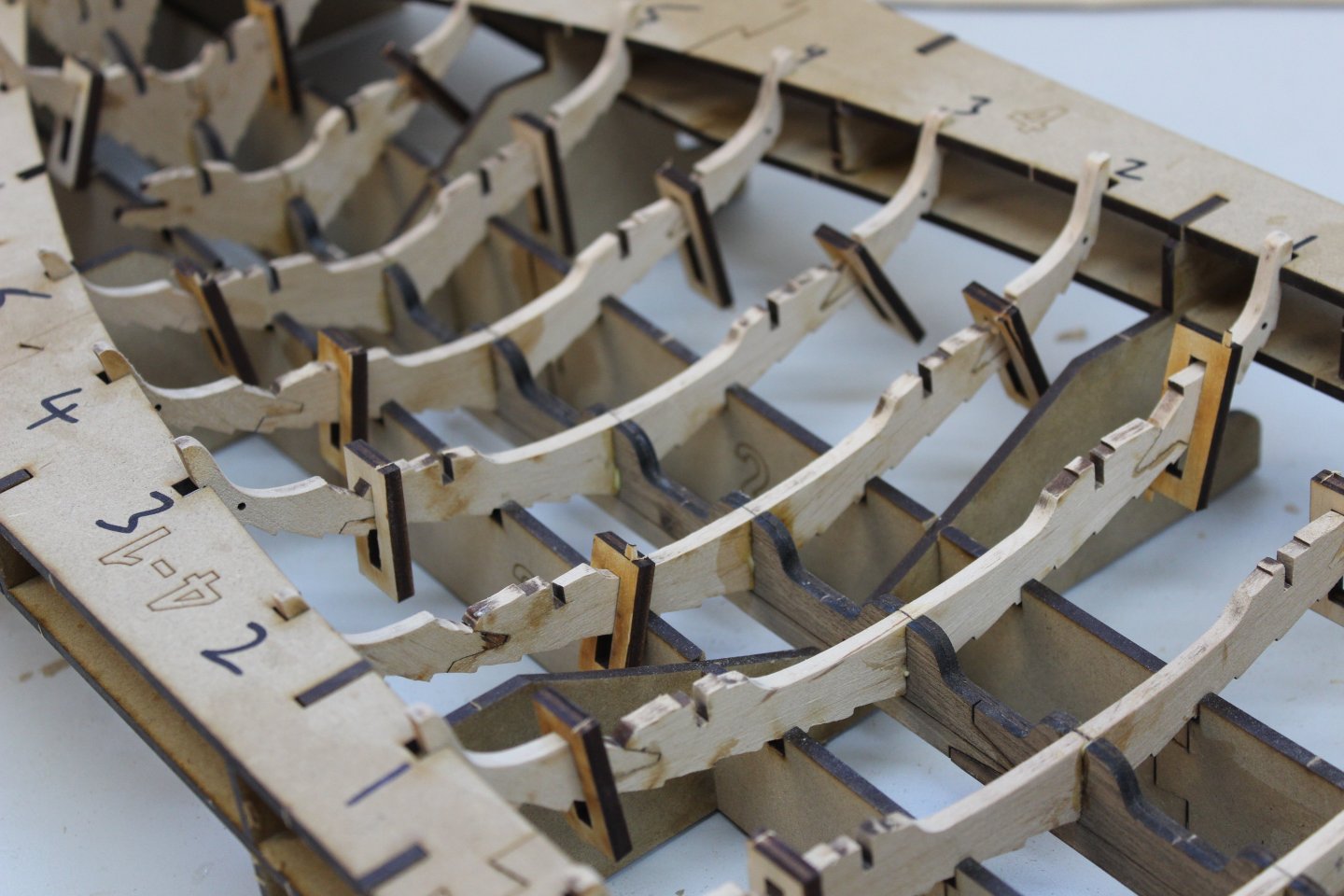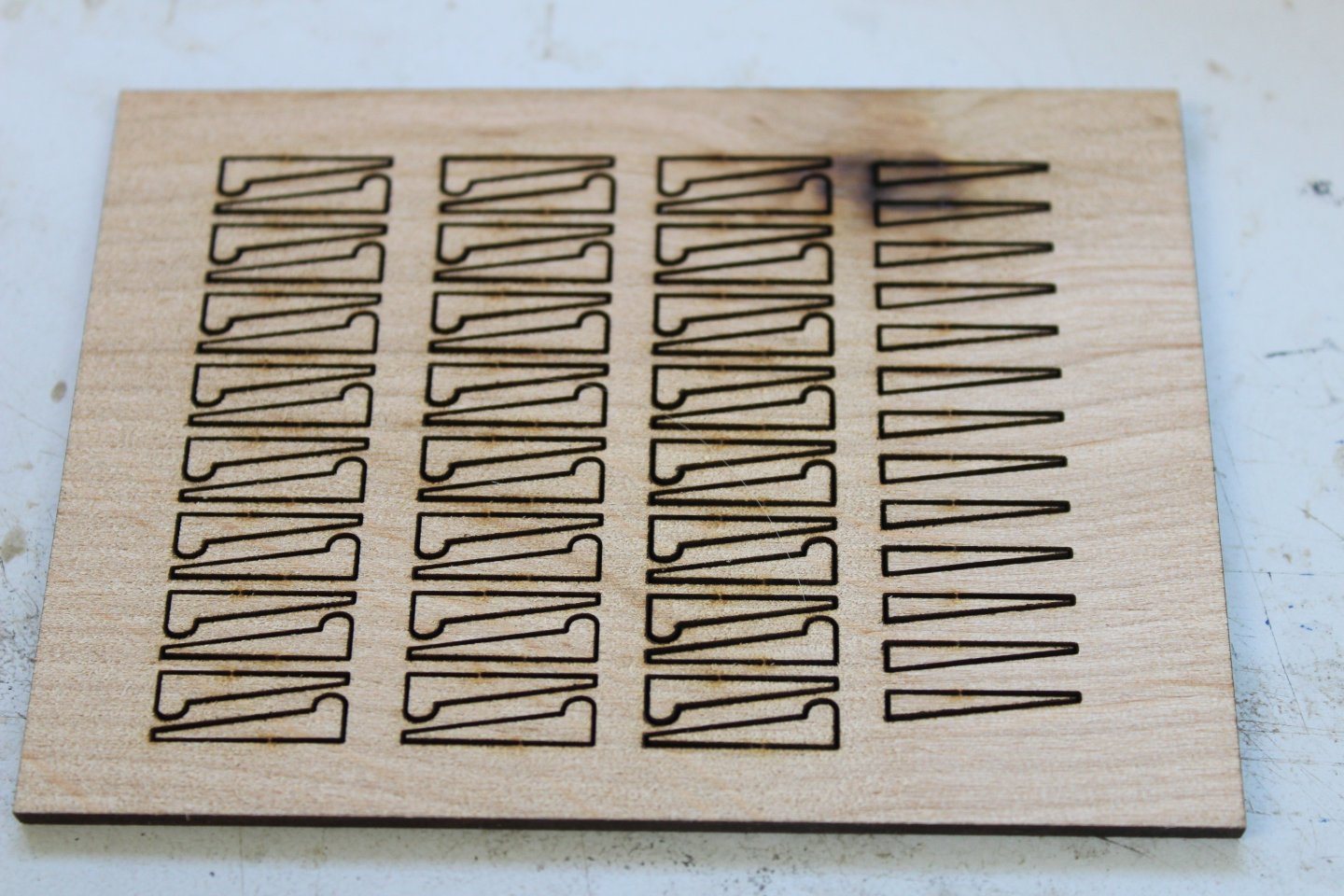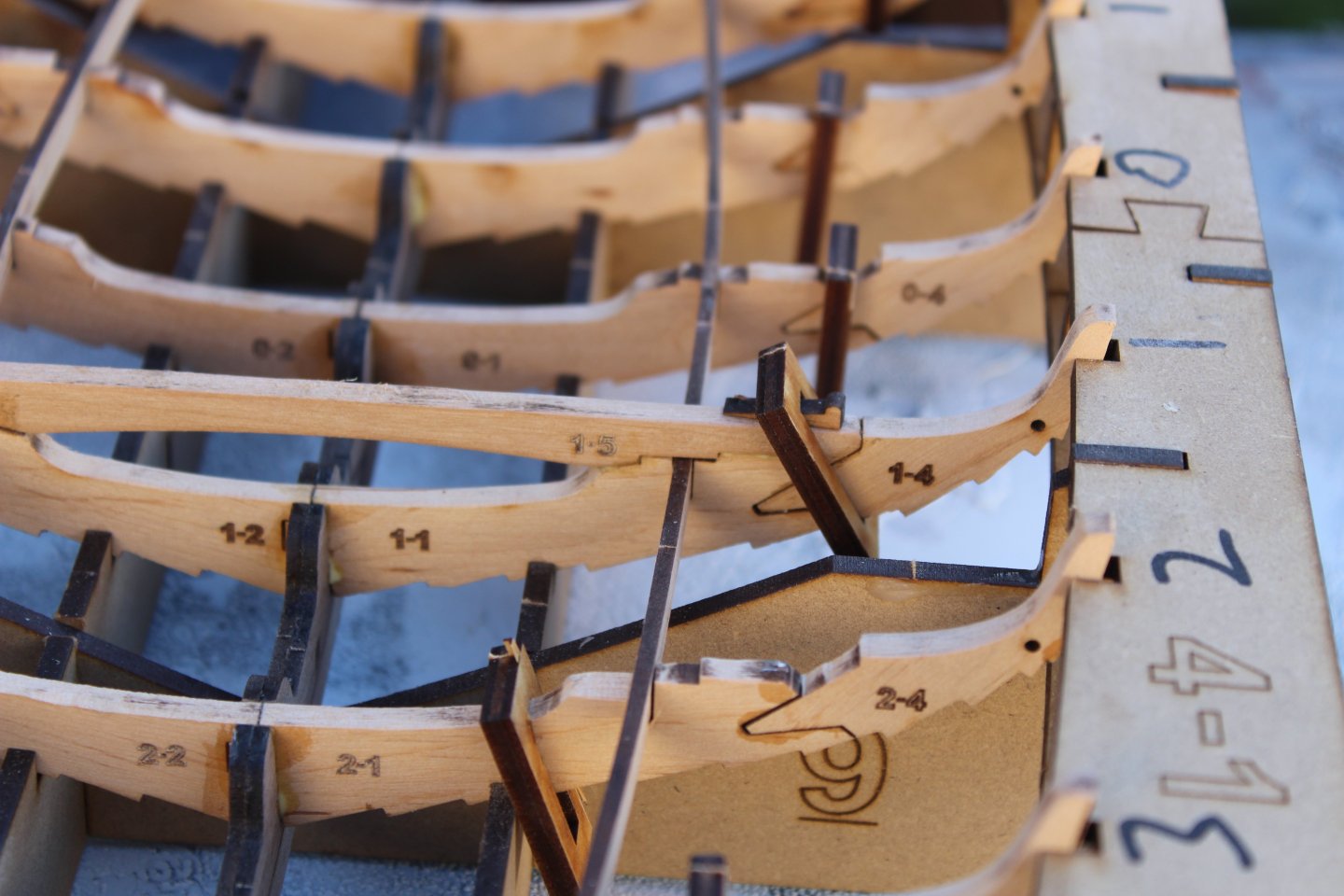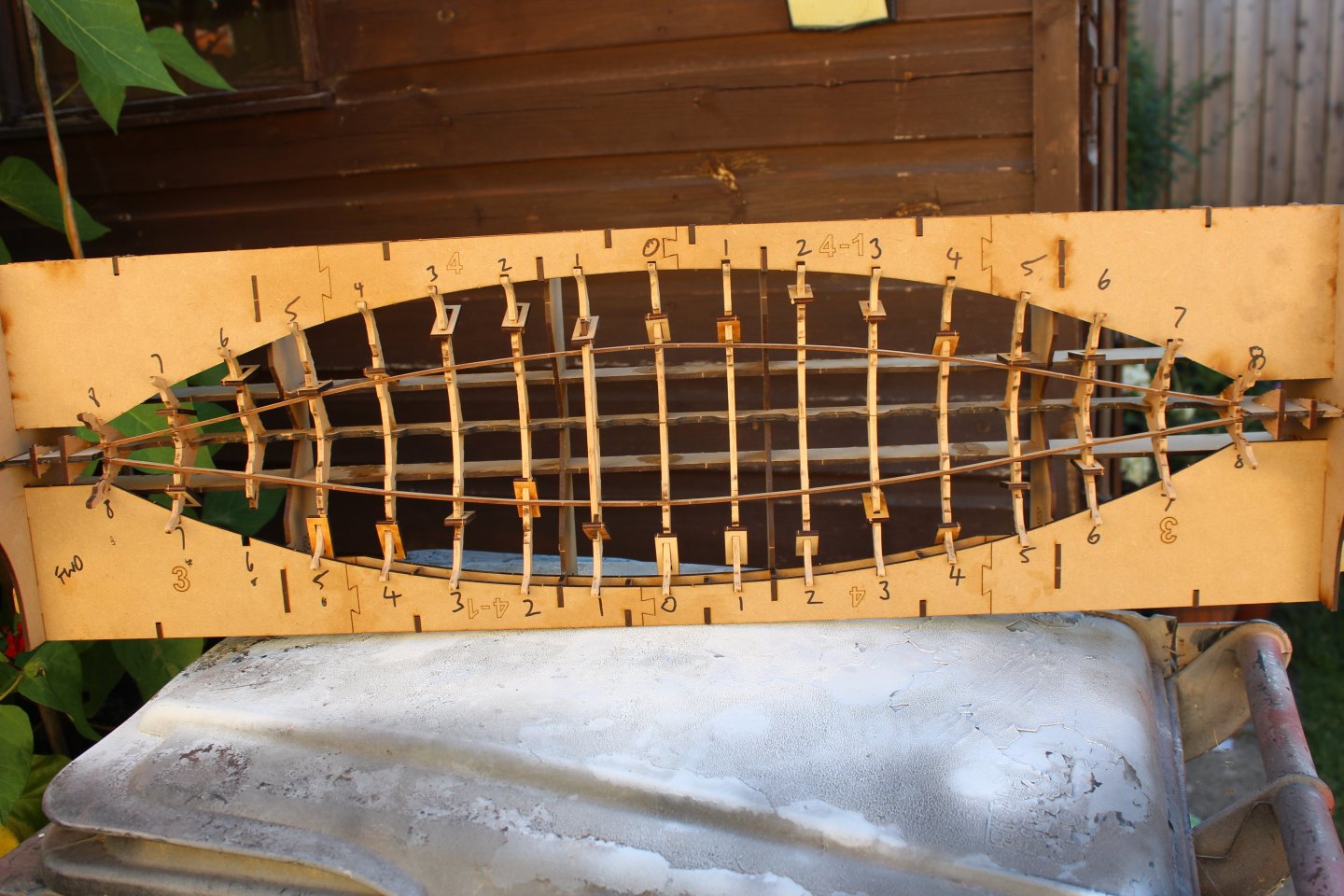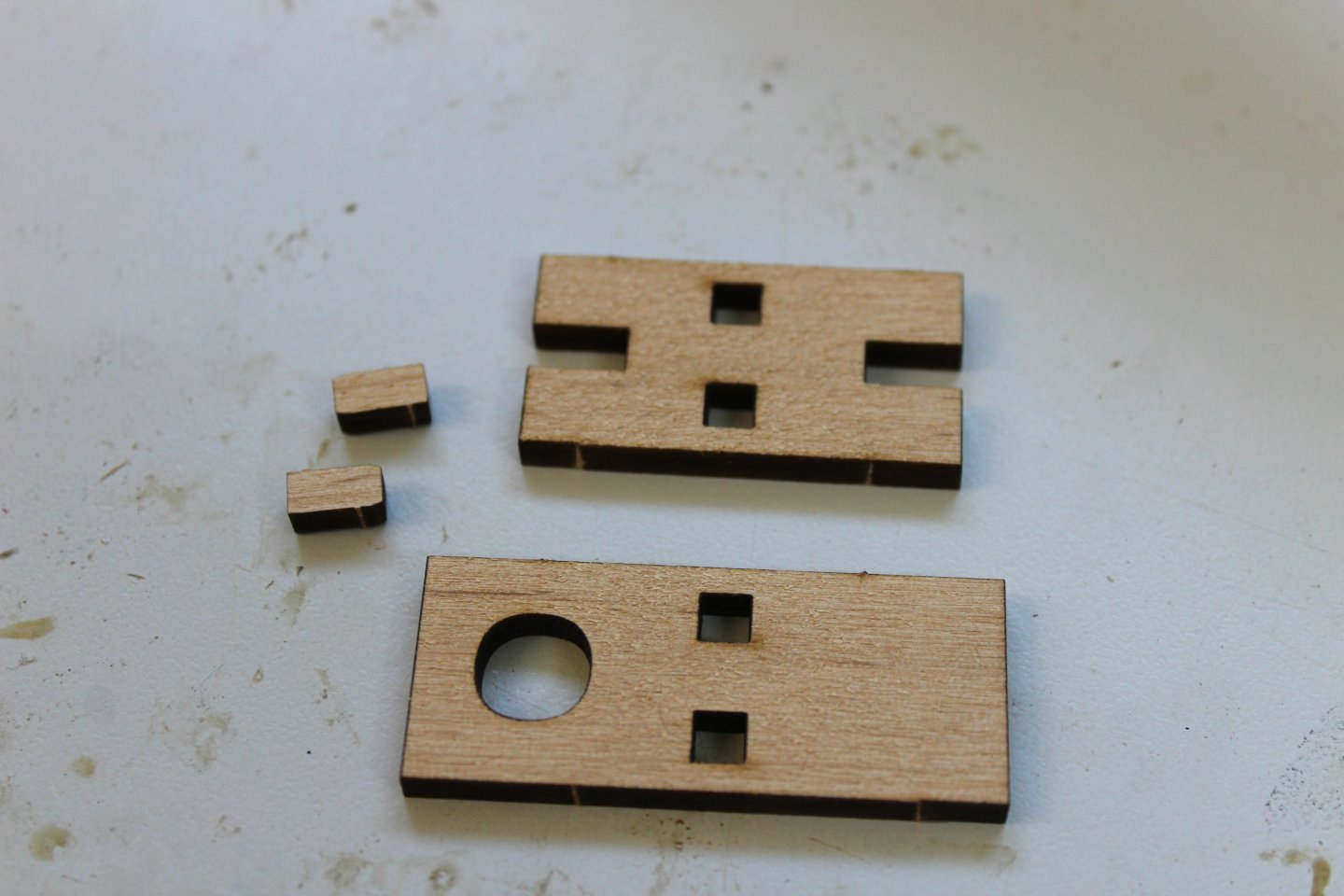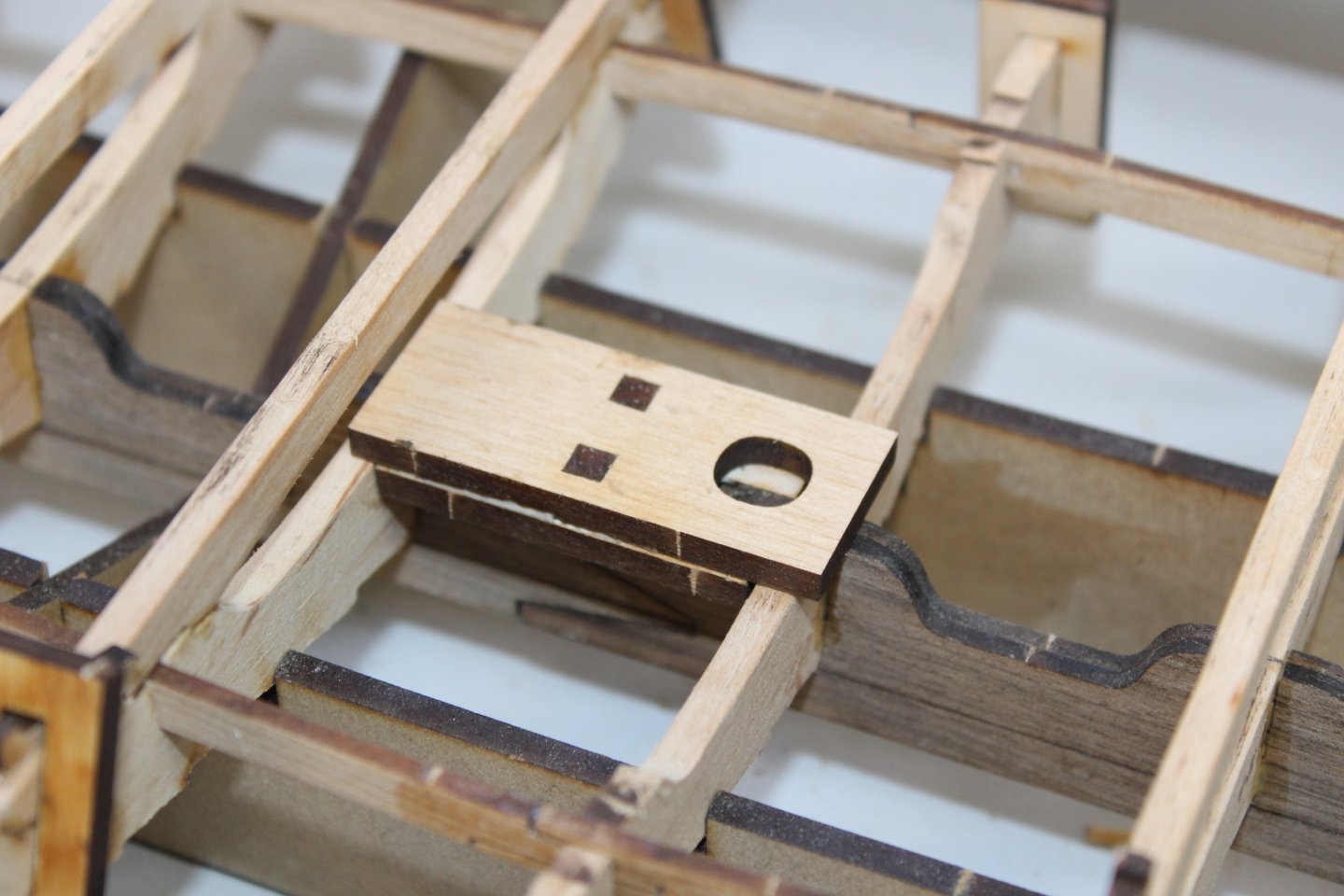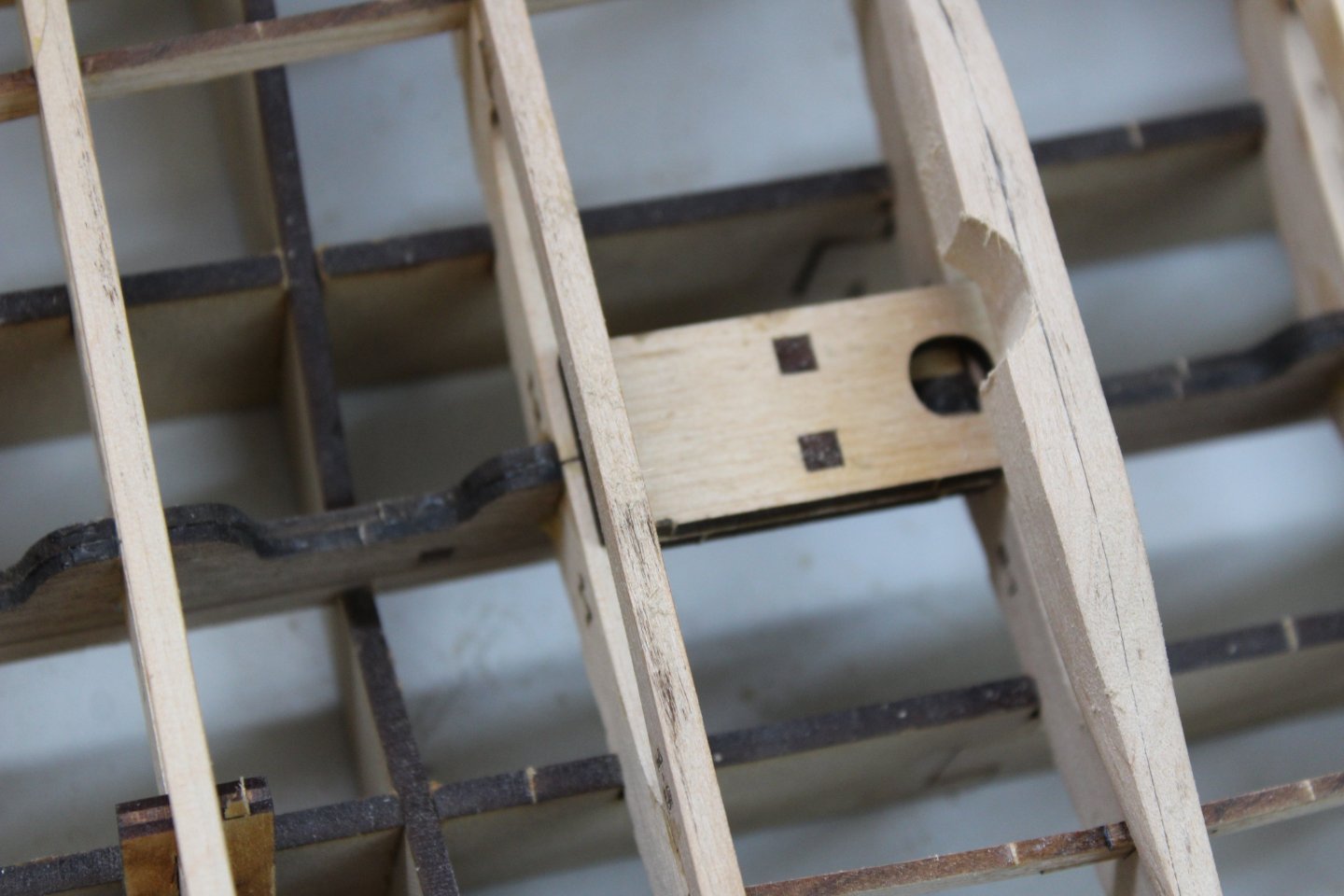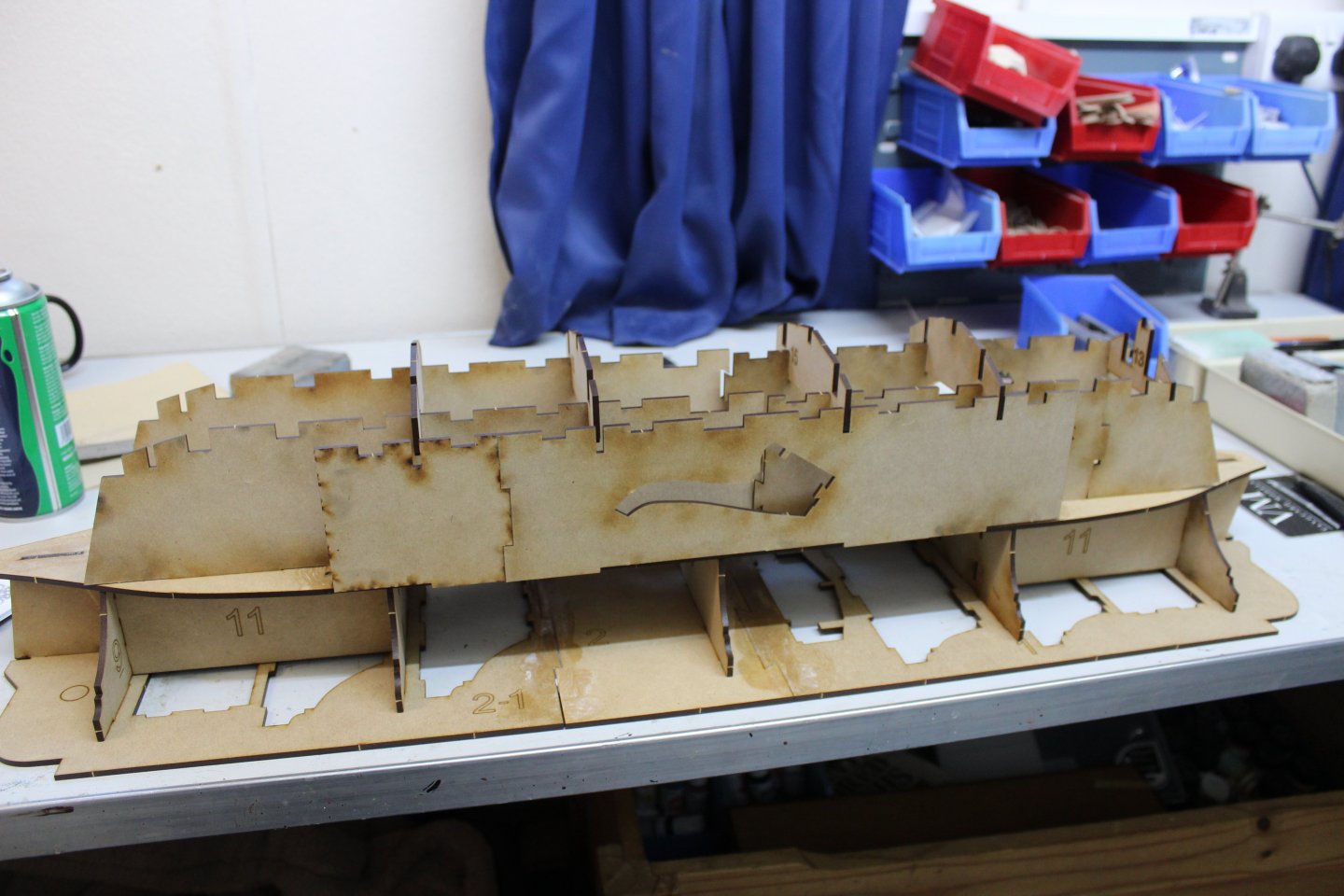-
Posts
7,006 -
Joined
-
Last visited
Content Type
Profiles
Forums
Gallery
Events
Everything posted by Kevin
-
- 52 replies
-
- Oseberg
- Pavel Nikitin
-
(and 1 more)
Tagged with:
-
i see that Mr Nikitin has put a post out this morning stating a new update for the mast step is being released, as the kit is not correct to the original
- 48 replies
-
is this thread off the same opinion as it was in 2013
-
ooooooooooops thank you, might, just might have to rethink it
- 52 replies
-
- Oseberg
- Pavel Nikitin
-
(and 1 more)
Tagged with:
-
thank you, there are still a few glue marks, that will never be removed now, but im 3/10 happy with how she is turning out
- 52 replies
-
- Oseberg
- Pavel Nikitin
-
(and 1 more)
Tagged with:
-
Good evening everyone the last two planks fitted to the ships side completed, decking plates only there to ensure they fit mast step made up, this comes in nice pieces, sandwiched, together. and then shaped using the paper templates the hull has been darkened with more spray layers, and all the decorative parts have been added and made to fit as best i can Decking completed and fixed into place, i kept one section open and made a few bits for under deck interest (yep i messed up a plank and had to use it elsewhere) day 26 (today) Oar holders shaped and in place mast step varnished as she sits tonight
- 52 replies
-
- Oseberg
- Pavel Nikitin
-
(and 1 more)
Tagged with:
-
On the build table https://modelshipworld.com/topic/20302-amerigo-vespucci-184-panart-by-kevin-restarted-june-2020/ On hold Santisima Trinidad – 1/84 - Artesanía Latina - by Kevin - started June 2025 - MHS Britannic by Kevin Bluebell - Flower Class - Revel - 1/72 U552 German U Boat Trumpeter 1/48 Amerigo Vespucci - 1/84 - Panart- HMS Enterprise -CAF - 1/48 Finished Oseberg' Viking Ship (v3) by Kevin - Pavel Nikitin - 1/25 - started June 2025 HMS Indefatigable 1794 - Vanguard Models - 1:64 Belle Poule 1834 - OcCre - 1/90 - French frigate Hercules - OcCre - 1/50 - Tugboat ST Nectan-Mountfleet-models-steam-trawler-1/32 HMS Victory - Caldercraft/Jotika - 1/72 Dorade A renamed Dora - Amati - 1/20 Stage Coach 1848 - Artesania Latina - 1/10 Lady Eleanor - Vanguard Models - 1/64 - Fifie fishing boat
-
as much as he will love yr comments @gil middleton hasn't posted on MSW in 3 years
- 755 replies
-
- finished
- caldercraft
-
(and 1 more)
Tagged with:
-
Good evening everyone, thank you for comments and likes deck plates- not finished yet two sheets of plates have to be removed, separated and sanded, i numbered each piece of mine prior to removal, as i was bound to mix them, the instruction don't show much, other than where they go, but great online tutorial then sprayed all the edges with walnut, sanded them with 3500 grit pad, repeated, then sprayed over with Oak and sanded again Been 34 deg in the mancave, too warm for me, so im slightly behind, where i would like to be, not a race, im pleased with the way it is turning out, But wood glue, is a real bug bare, even with just using a cocktail stick to apply. So before she is completed, i will remove some of the worst offenders and open them to reveal the hold no plates are glued down at this stage
- 52 replies
-
- Oseberg
- Pavel Nikitin
-
(and 1 more)
Tagged with:
-
good morning everyone took the build upto deck level, which is the height of plank 9 the frame is adapted again to fit the new keel width. Deck beams - Airbrushing i would love to have bought the wood dye the Pavel Nikitin uses, but would cost a fortune to order and shipping (about £60), a set is available on one of the market sites, but at the same price, so i purchased a set of OCcre wood dyes, Walnut and Oak
- 52 replies
-
- Oseberg
- Pavel Nikitin
-
(and 1 more)
Tagged with:
-
Good morning everyone Thank you for comments and likes Day 8 Planking Having never done a clinker build, i was expecting it to be far more difficult than it actually is. The boards are made up in two halves, sanded then lined up against the rebates on the frames, frame 8 (bow and stern) is not a problem, but does need adjusting each time a run goes in, numbers 9 and ten, don't do much other than force the wood in the right direction Before starting a temp piece is put in, and removed at a later date, all the boards then butt up against this, it also extends along the keel board row number 1 row 2, and so on i am finding the boards very dry and brittle at times, especially around the kerf joints, the whole assu will be stained so will experiment on best way to fill, and ensure the stain will take to those repaired areas
- 52 replies
-
- Oseberg
- Pavel Nikitin
-
(and 1 more)
Tagged with:
-
very nice indeed, i still have that soft spot for Mountfleet kits
- 35 replies
-
- Britannia
- Mountfleet Models
-
(and 1 more)
Tagged with:
-
Here is the link, to his videos, they are much better than thye instructions, which miss much of what is required long sip oseberg pavel youtube video - Search Videos
- 52 replies
-
- Oseberg
- Pavel Nikitin
-
(and 1 more)
Tagged with:
-
Good evening, everyone, thank you for comments and likes frames dry fitted the keel was placed into the jig, although at this time there are is right or wrong way of doing this, i marked the jig with frame numbers and decided to write fwd on one end, frames are cleaned up again, and glued onto the keel, the cross member 2-5 is not fixed at this time until the stringers are in place some time later day 4 having been left overnight to set the keel and fitted frames are removed from the jig, only to be put back in with the cross member clamps shaped stringers in place simple yet clever way of holding down the cross members whilst the glue sets as i mentioned yesterday the way frame zero goes in dictated fwd at aft of the build, now is the time Mast step out for the day another rent a field session with the bois and the whole assy removed from the jig
- 52 replies
-
- Oseberg
- Pavel Nikitin
-
(and 1 more)
Tagged with:
-
is this the log you are referring to by @James H 'Oseberg' Viking Ship (v3) by James H - Ships of Pavel Nikitin - 1/25 - Page 2 - - Kit subjects built Up to and including 1500 AD - Model Ship World™
- 52 replies
-
- Oseberg
- Pavel Nikitin
-
(and 1 more)
Tagged with:
-
keel no issues with making the 2 keel/centre pieces, these are offset sections to avoid weak sports, are glued together, allowed to set and then joined together, being held in the right place by 3mm inserts Frames 21 frames numbered from the middle - zero, up to number ten fwd and aft, most of these frames 0 to 7 are made up off 4 pieces, a 5 part is added later in the build when the frames are placed in the jig, frame zero has 2 extra parts to be added later, as this forms part of the mast support. lasered markings denote the tapering areas, which does not take long to do, apart from frame 8 which was a pain to sort out, i dont have a photo at present, but as the planking is clinkered and a lot of tapering i found getting the filing quite awkward
- 52 replies
-
- Oseberg
- Pavel Nikitin
-
(and 1 more)
Tagged with:
-
Thanks guys, i believe from what @James H has said, the there is quite a difference for the better on the V3
- 52 replies
-
- Oseberg
- Pavel Nikitin
-
(and 1 more)
Tagged with:
-
Day 1 building jigs made from mdf, the instructions are easy to follow, but, not all steps are covered, and some of the parts are different shapes to that shown, ideally, the best bet is to work alongside the excellent online video Jig 2 is used after the keel and frames have been removed from jig 1 the hull is turned upside-down placed on top to allow hull planking
- 52 replies
-
- Oseberg
- Pavel Nikitin
-
(and 1 more)
Tagged with:
-
Good evening everyone Having recently completed two large builds, Belle Poule and Indefatigable, and jumping straight in with the Santissima Trinidad, i wanted a quick build, just to reset myself, i wasnt even going to create a log, it was to be a build going on in the background, something i could play about with and if it went all wrong, no one would ever know, well what changed your mind, I hear everyone ask? well space, to do this the ST had to be put away, therefore for as long as this takes me, the other log has to wait. i bought the kit from @chris watton at Vanguard Models a few weeks ago and started her 3 days ago, so far i am real impressed, very heavy box, most of the weight though is from the MDF which makes up the two slipways, i actually built both of these up on day one, so lets go on another of Kevin's messy and cluttered journey, as i tackle this project
- 52 replies
-
- Oseberg
- Pavel Nikitin
-
(and 1 more)
Tagged with:
-
1:25 Drakkar ‘Oseberg’ V3 History It is believed that the word “drakkar” originates from the Old Norse words “dreki” and “kar,” which mean “dragon” and “ship,” respectively. The warship acquired this name because the head of a dragon or another mythical creature (like Jormungandr) usually adorned the ship’s bow. The shape of the ship was also long and narrow, resembling a sea serpent. The Vikings constructed drakkars out of pine, oak, or ash wood. They used a special technique for splitting trees along the grain. They then watered the planks and held them above a fire to make them more flexible. The shipbuilders put the parts of the ship together with iron rivets and nails and bound them with cords and ropes. After that, they tarred the whole structure and caulked it by plugging holes and gaps and making the seams watertight. The sail was rectangular or square. It was made of sheep’s wool and covered with grease so that it didn’t get drenched. If there wasn’t a fair wind, the Vikings used oars – 20 to 35 pairs of them. In the Viking age, few ships could compete with a drakkar in terms of sheer speed, but drakkars were also very nimble. Thanks to the drakkar’s shallow draft, the Northmen could easily sail along rivers and fjords. They could land in places that were very difficult to access and attack their enemies unexpectedly. These warships were also barely visible between the waves because of their low sides. This helped the Vikings catch their enemies unawares, even in the open sea. Drakkars were created for more than just war, however. They were solid and capacious, so the Vikings sometimes used them for trade and to transport goods, but more often these ships were used for sailing long distances. How far did the Vikings travel? They reached the shores of Iceland, Greenland, and North America, to name but a few destinations. copied from the kit review by @James H the full review can be found here 1:25 Drakkar ‘Oseberg’ V3 - Ships of Pavel Nikitin - REVIEWS: Model kits - Model Ship World™
- 52 replies
-
- Oseberg
- Pavel Nikitin
-
(and 1 more)
Tagged with:
-
good morning everyone thank you for comments and likes Wednesday day 22 having marked out where the gunports go, a lot of them have been rebated to accept the lids in the shut/closed position, i quickly realised these lids are going to have to be put on at a later date, because i was finding that the sanding of the hull was hiding them. Not regretting doing them like this, but i can understand people questioning my logic behind it, (lol i dont want all guns run out, when under full sail). lots of paint added, and i am still sanding areas that refuse to look good, lower wale added to just give me the warm fuzzy feeling that i have most things in the right place this idea does not work for me, putting the lids on and then finishing the hull, as the gaps fill up and they become invisible
About us
Modelshipworld - Advancing Ship Modeling through Research
SSL Secured
Your security is important for us so this Website is SSL-Secured
NRG Mailing Address
Nautical Research Guild
237 South Lincoln Street
Westmont IL, 60559-1917
Model Ship World ® and the MSW logo are Registered Trademarks, and belong to the Nautical Research Guild (United States Patent and Trademark Office: No. 6,929,264 & No. 6,929,274, registered Dec. 20, 2022)
Helpful Links
About the NRG
If you enjoy building ship models that are historically accurate as well as beautiful, then The Nautical Research Guild (NRG) is just right for you.
The Guild is a non-profit educational organization whose mission is to “Advance Ship Modeling Through Research”. We provide support to our members in their efforts to raise the quality of their model ships.
The Nautical Research Guild has published our world-renowned quarterly magazine, The Nautical Research Journal, since 1955. The pages of the Journal are full of articles by accomplished ship modelers who show you how they create those exquisite details on their models, and by maritime historians who show you the correct details to build. The Journal is available in both print and digital editions. Go to the NRG web site (www.thenrg.org) to download a complimentary digital copy of the Journal. The NRG also publishes plan sets, books and compilations of back issues of the Journal and the former Ships in Scale and Model Ship Builder magazines.

